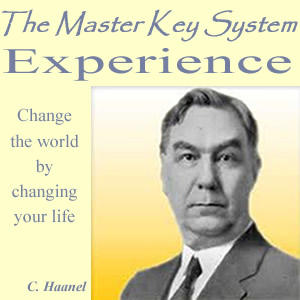Week 3 is the time when the DMPs start to take shape.
At this stage of the DMP process, most members are well aware of the basic requirements of the « subby » language, ie. the language that the subconscious mind understands and acts upon.
Examples of such requirements are the necessity to be specific, to associate feelings with each goal, and to use exclusively the present tense and the first person in all goal statements.
But there are also still quite many other rules to discover.
Indeed, since I started my journey as a guide, 5 years ago, I am fascinated by how each of us – actually I should say our Old Blueprints – are creating our own language that subtly expresses our thoughts and ideas into something uncomprehensible by our subconscious mind.
For example, here is a sentence expressed in a good language for the subby : « I exercise every day 30 minutes or more and I feel so proud and thrilled now that I run a 10 km jogging circuit in 50 minutes or less by the 30th of June 2020 or before. »
And here are just a few ways the Old Blueprint usually alterates such a statement:
- No feelings expressed;
- use of abstract expressions, eg. « I AM ABLE to run my 10 km jogging circuit (does « I am able » mean « I have the time available to do it » or « I am fit enough to do it » or both? The subby has no way to decide which interpretation is the right one, so it usually does…nothing!)
- Use of impersonal form instead of the 1st person, eg. « Exercising every day 30 minutes or more and running a 10 km jogging circuit […] feels thrilling. » (if it could talk, the subby would say « ok, so what ?! »)
So how could we overcome the tricks used by our Old Blueprint to mislead us in the expression of our goals ?
First by remembering that our very first attempt to write down any goal will always reflect the current status of our true beliefs with respect to that goal.
Once aware of this fact, we are now ready to start adjusting the contents and the form of our goal statement to make it completely specific, ie. non-abstract, – that’s for the content – and written according to the basic rules of the subby language – that’s for the form.
To check whether our goal statement is ready or not, we make it pass the test of the « 10 year old kid »: if we gave my goal statement to read to a 10 year old kid without any other explanation, could the kid understand and describe exactly the output of that goal is and what first actions he/she has to do first?
If the answer is yes, then our goal statement is specific and correctly written. If the answer is no, further refinement is required.
Now, as Haanel says, words are the most advanced form of architecture, therefore when we are working on our DMP, we are operating as the architect of our own life.
And like any other discipline, architecture requires skills which take time and practice to master.
So, be patient with yourself, and give yourself the time and focus to develop your skills, because these skills will allow you to live your ideal life…
Furthermore, you will realize that nothing is more rewarding and fun than working on your DMP like an architect who always builds a bigger and more beautiful house once the current one is achieved !



Recent Comments